
Medical Animation

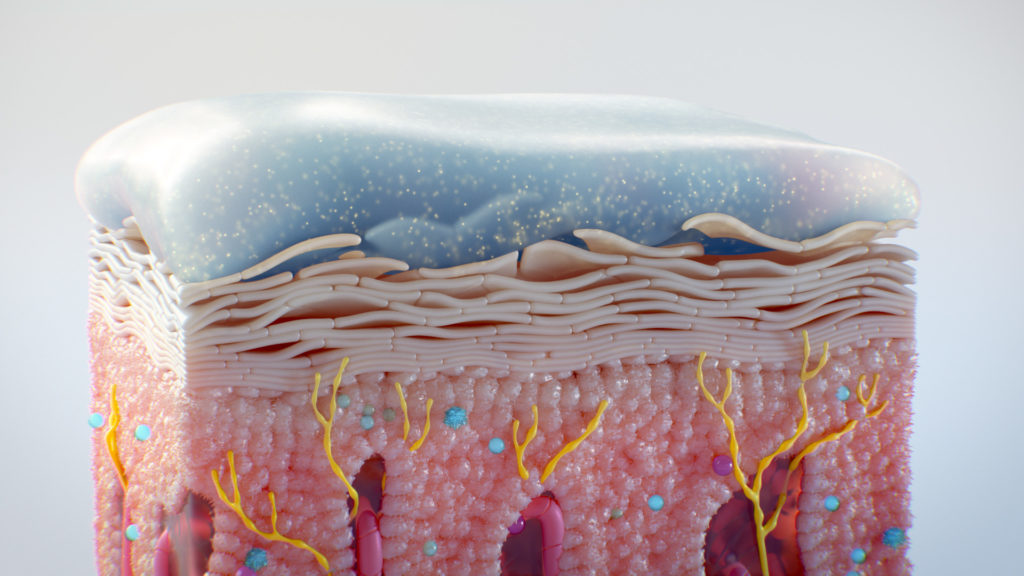
Plaque Psoriasis Drug MOA Animation
Arcutis Biotherapeutics
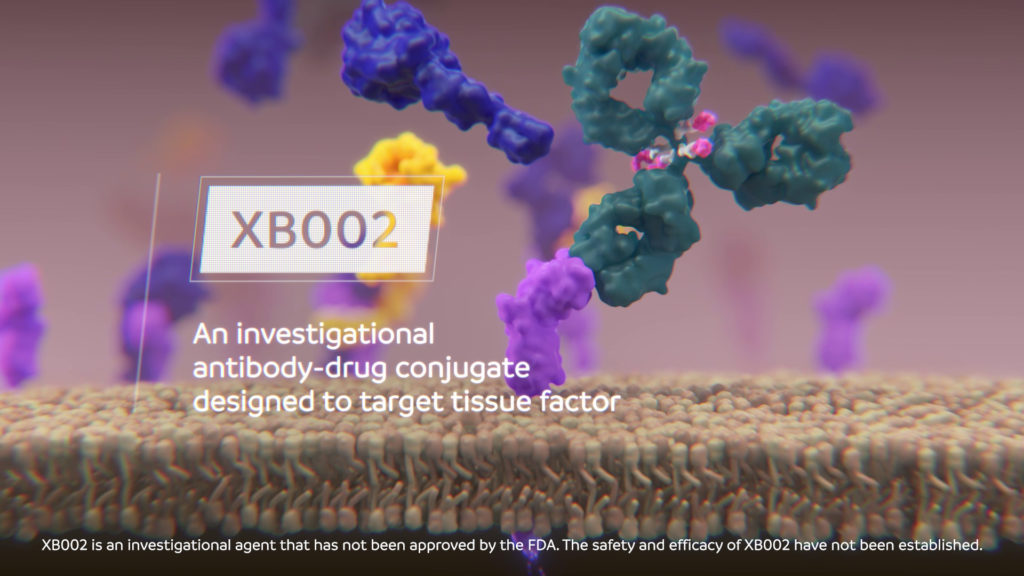
Medical Animation: Cancer ADC MOA
Exelixis, Inc.
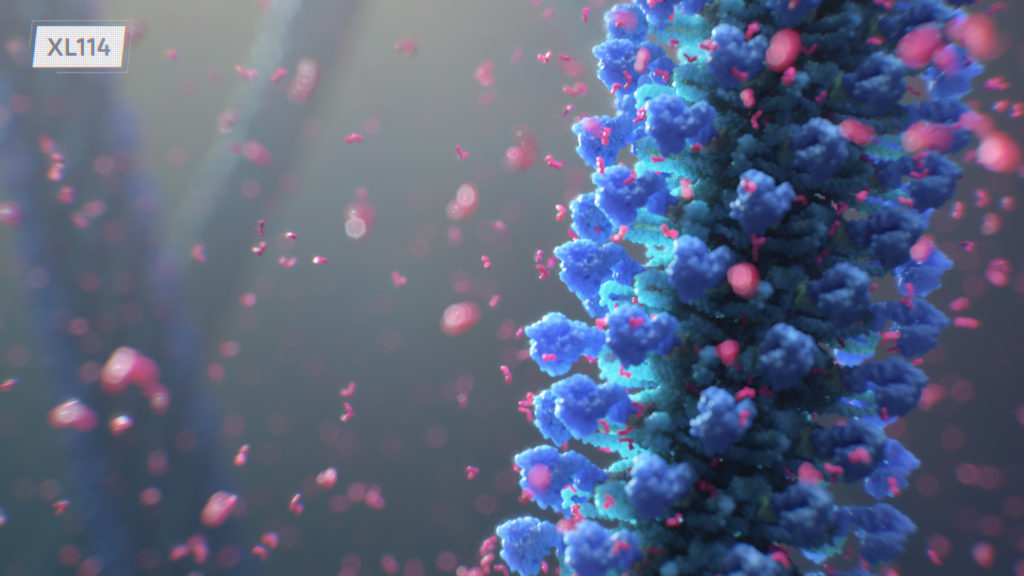
Medical Animation: Cancer Small Molecule MOA
Exelixis, Inc.
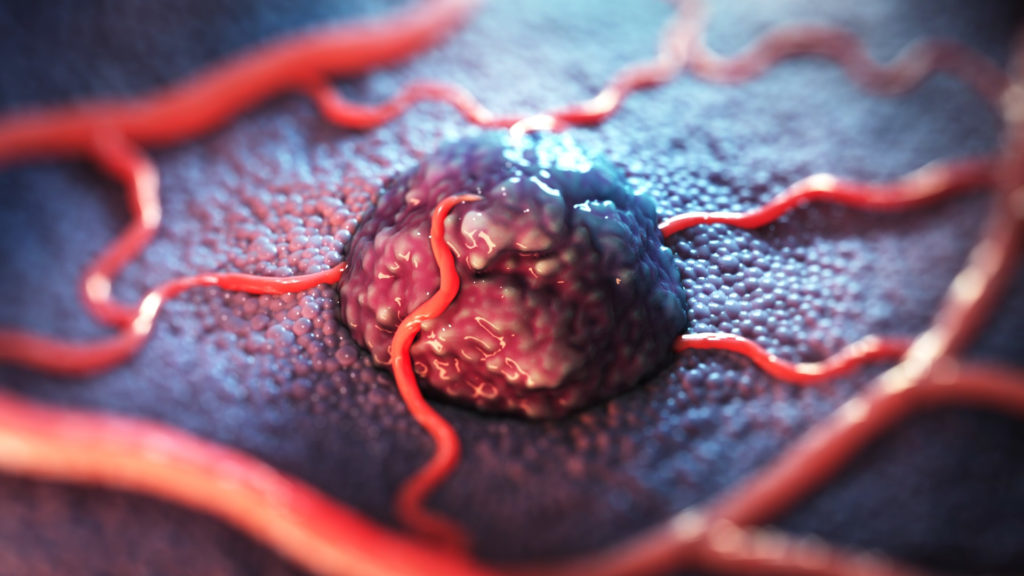
Scientific Animation: Certepetide MOA
Lisata Therapeutics
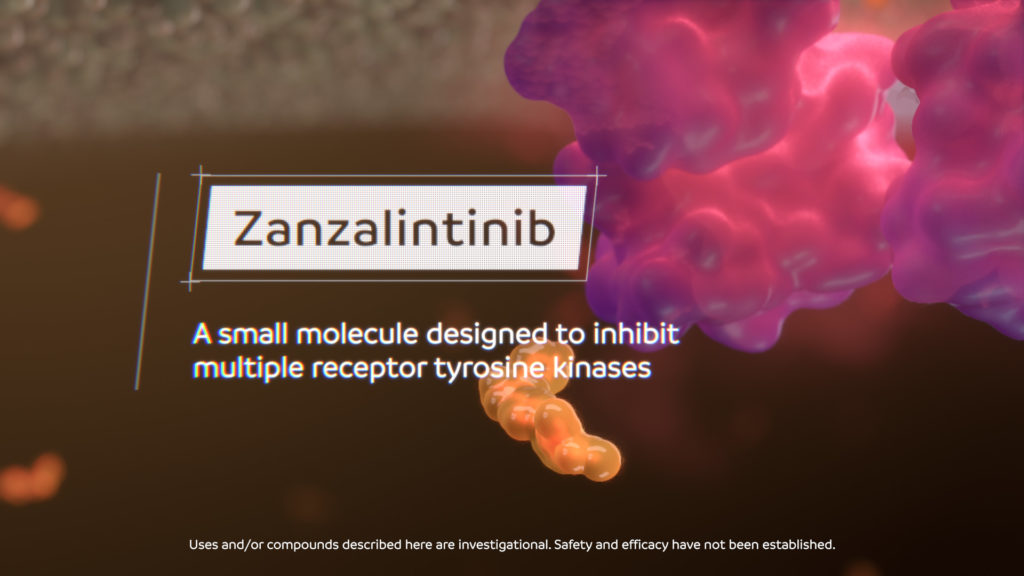
Oncology MOD and MOA Animation
Exelixis, Inc

Scientific Animation - Photobiomodulation Therapy for AMD
LumiThera, Inc.
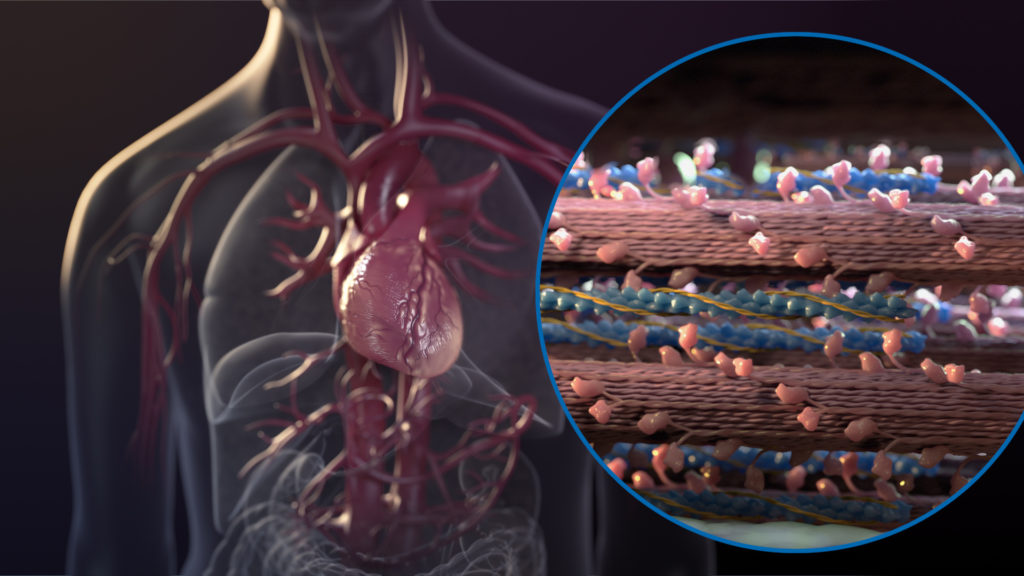
Heart Failure MOD Animation
Biopharmaceutical client
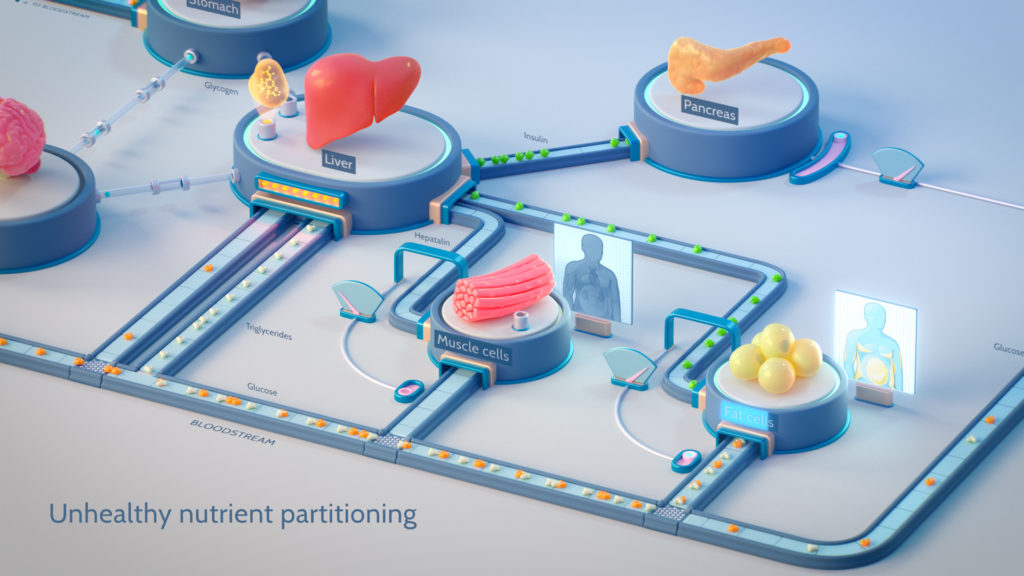
Medical Animation: The Science of Hepatalin
Scimar Ltd.

Alzheimer's Disease Medical Animation
Banner Health
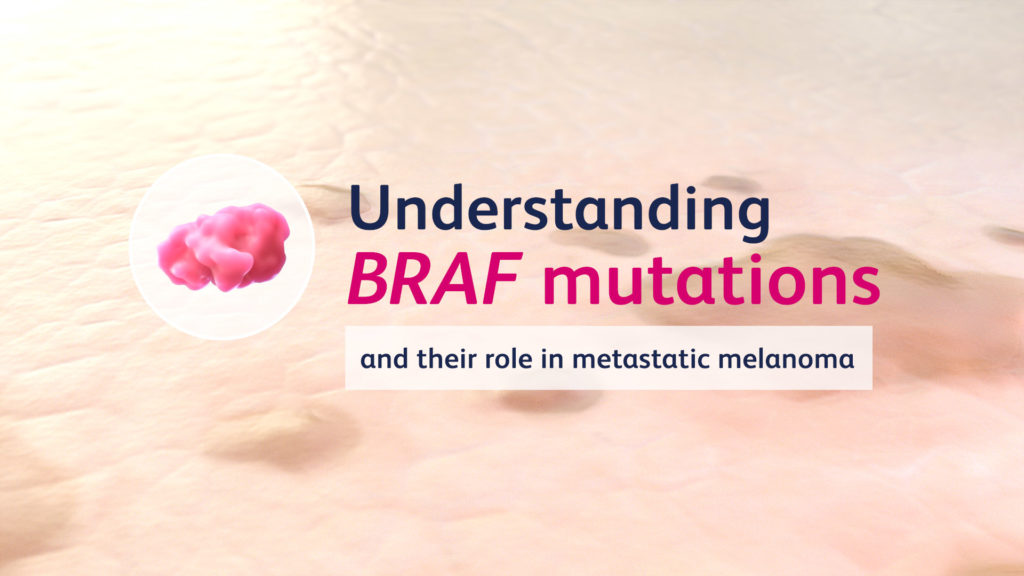
Medical Animation: BRAF Inhibitor for Melanoma
Biopharmaceutical client
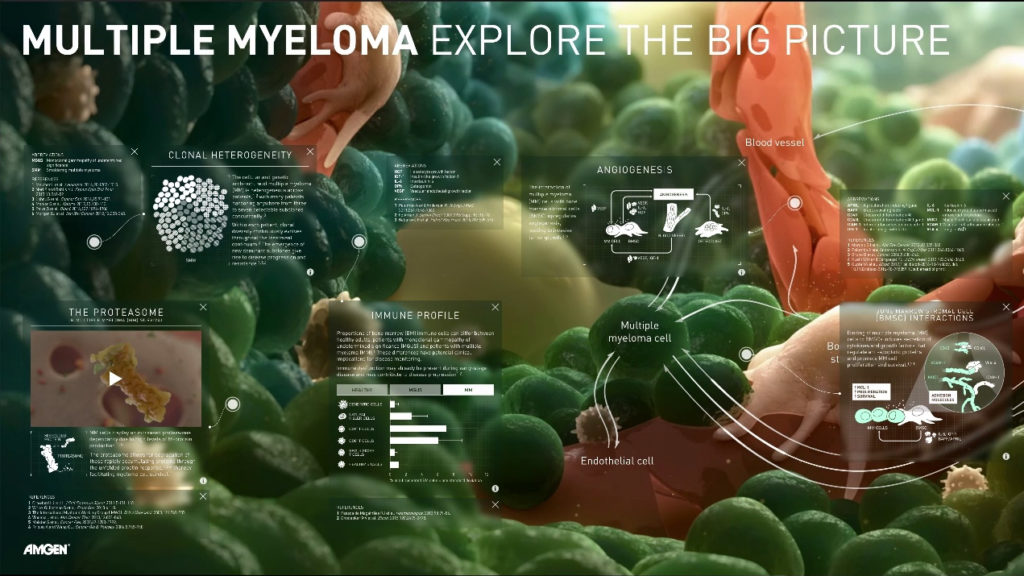
Multiple Myeloma Conference Exhibit
Biopharmaceutical Client



Ortho Clinical Diagnostics








Amgen






Genzyme Canada

Heartware

D&J Electronics

Let’s work together
to tell your story.
Why invest in accurate medical animation?
- Medical animation is proven to explain complex medical science concepts quickly and clearly. Accuracy in medical animation matters to healthcare providers (HCPs).
- Accurate, high-quality medical animation lends credibility to your science and messaging. Conversely, inaccurate medical animation made by animators who lack science training can undermine your company’s credibility.
- High-end medical animation attracts visitors to your congress exhibit booth. Experts can spot visual inaccuracies a mile away.
- Medical animations enhance presentations to investors and B2B collaborators, when stakes are high and time is limited.
- Accurate, high-quality scientific visuals can be leveraged over and over on different channels to aid marketing efforts.
The AXS Studio difference
What makes an excellent medical animation? If you know what to look for, it’s easy to tell exceptional from average. Here are the key things to look for when hiring a medical animation studio.

Scientifically trained animators
Smooth sailing through reviews
Unique visual identity
Futureproof assets
Medical Animation for Procedures
Medical Animation for Products
If you’re ready to learn more about what we can do for you, simply reach out to our team with details about your project requirements, objectives, and timelines. We’ll schedule a consultation call with you to discuss your needs in detail and provide you with a personalized proposal and estimate for review.
Most medical animation companies and agencies hire generalist animators or outsource their production overseas to cut costs (and subsequently, quality). AXS Studio is unique among our competitors for exclusively employing medically trained animators. Each of our artists has a scientific background and holds a Master of Science (M.Sc.) degree in biomedical communications from one of the five graduate programs accredited by Commission on Accreditation of Allied Health Education Programs (CAAHEP). They are formally trained in anatomy, physiology, pathology, cell biology and molecular biology. We have 5 Board Certified Medical Illustrators (CMIs) on staff and over 20 years experience visualizing complex medical science for a discerning healthcare professional audience. Our highly specialized training means that we speak your language. We’re able to understand your science from the get-go, and explain complex medical processes far more clearly and accurately than generalist animators.
The cost of a medical animation is determined by:
- Length: Generally speaking, the shorter the animation is, the less time and resources it takes to create, and the less it costs. When estimating the length of your animation, a good rule of thumb is 100 words of voiceover per minute. We will collaborate with you on the voiceover script to ensure the animation length fits your budget while conveying your science clearly.
- Visual complexity: The cost of a medical animation reflects the number of and complexity of scenes that are used to tell your story.
- Video resolution: High-definition (HD) video requires fewer computing resources than Ultra-high definition (UHD or 4K) video and therefore costs less to produce. If you need a custom resolution for a special application, we have you covered.
All of our content development and production is done in-house at our Toronto, Ontario studio, so there are no markups to pass on to our clients. If you would like an estimate for your animation, send us a message.
We are a full-service studio, with in-house capabilities that cover the entire production pipeline. This means that our quotes include content research, storyboarding, 3D modeling, animation, rigging, lighting, shading, rendering, compositing, and special effects. We also take care of the audio side of things: professional voiceover talent, recording and editing, sound effect design, and custom or stock music. Optional services include voiceover script writing (including literature review), referencing, annotation, and MLR submission.
And when we say content research, we mean research. With AXS Studio, our fee includes our in-house scientific expertise. Our medically-trained animators dive directly into the primary literature and thoroughly familiarize themselves with your science. They prepare a referenced visual research deck for every project before drawing a single storyboard panel. We are committed to making sure your science is communicated flawlessly.
Clients often express relief upon transitioning to our services. They cite a range of difficulties experienced with their previous agencies. These include: failure to understand their objectives; a lack of scientific expertise that results in errors and delays; being charged overages to fix errors made by the agency; and scrambling last minute to meet deadlines.
In contrast, clients have described collaboration with AXS Studio to be “an absolute pleasure”. They’ve said “the AXS team works hard to understand our needs and goals,” and commented that the AXS team’s scientific expertise sets us apart from other vendors they’ve worked with. Clients have noted that our team is honest, invested, a pleasure to work with, and that they never have to worry about AXS making deadlines or surprising them with unplanned overages after a project delivers.
The AXS Studio team stands out from others with our strong scientific literacy, meticulous attention to detail, and proactive approach to addressing potential hurdles before they arise. We are known throughout the industry for providing exceptionally beautiful and accurate work. But don’t take our word for it; see what our clients have to say themselves.
Got a conference deadline you’re aiming for? With 3D medical animation, it’s worth getting in touch early, especially if you have a lengthy review and approval process. A two-minute medical animation takes 12–16 weeks to complete, including script and storyboard development. We recommend contacting us at least 4 months ahead of your deadline. We’ll collaborate with you to establish a timeline that works without compromising on the quality of your animation.
From experience, we have found that 1.5 to 2 minutes is the “sweet spot” for a healthcare provider audience. This is long enough to convey key messages, without feeling too long for short attention spans and busy people. Because cost is connected to runtime, budget is often a consideration in determining the length of your animation. If you’re preparing an outline or narration script for your animation, a good rule of thumb is 100 words per minute of animation.
- Define the key learning objectives and primary audience for your animation. The audience will inform the reading level and complexity of the animation content.
- Provide all reference material that might inform the content of your animation to your supplier. This can include key review papers, MSL decks and scientific posters.
- Next, your supplier will write a content outline for your review, followed by a voiceover script. The script typically goes through two rounds of review.
- A detailed storyboard is then created. The storyboard consists of drawings—one for each shot in the animation, accompanied by corresponding script, onscreen text (or supers), and a brief description of the action. There are typically two rounds of storyboard review, followed by a formal MLR review. See our post on medical animation storyboards for a complete overview [coming soon].
- Following storyboard approval, a greyscale rough cut animation is created using a “scratch” or placeholder voiceover track. The rough cut is for review and approval of the action and timing, and is usually accompanied by sample still renderings that show the proposed final look of the animation.
- After the rough cut is approved, professional voiceover is recorded and the prefinal animation is developed. The prefinal includes the final look, voiceover and music, and is submitted for MLR review and approval. Only minor changes (eg. tweaks to color and supers) happen after the prefinal is completed.
- Following MLR approval, the final animation is delivered as a compressed video file for immediate release. Often, a master uncompressed video file is also delivered, from which additional outputs can be made in different video formats.
Medical animations educate healthcare providers about new research in disease progression and treatment.
Patients and caregivers use medical animation to learn about diseases and treatments. This helps them better navigate challenges and make informed choices.
Medical affairs managers and medical communications managers use medical animation to explain disease pathways to healthcare providers at medical congresses and symposia, and on disease awareness websites.
Product managers and marketing managers use medical animations to explain the therapeutic mechanism of action (MOA) of drugs to healthcare providers on product websites and at medical congress booths.
Medical animations are used reactively by MSLs use in detail aids and presentation decks to explain disease pathways and MOA at in-person meetings with physicians.
Opinion leaders use medical animation in symposia presentations as visual aids to explain complex disease and therapy mechanisms.
Patient advocates and educators use medical animations to help lay audiences understand explain complex medical and scientific information about disease and treatments
Yes. You can use frames (still images) directly from the animation, at no additional charge. These are generally large enough to use in slide presentations, small print materials and on your website. If you require larger images—eg. for a booth panel—we can provide those and charge only for the output. We can also render individual elements from an animation, such as key molecules, for use in your other materials.
We ensure that all material we provide for MLR review has been diligently referenced from the scientific literature. If requested, we will annotate submission materials per your company’s review process requirements. We are also available to call in to review sessions to field questions and defend visual and storytelling recommendations, as needed.
We do not. All AXS Studio medical animations are custom solutions to our clients’ visual communication needs.
Want to learn more?
Toll-free
1-877-959-6763 (US)
+44 808 169 9923 (UK)
111 Peter St. Suite 700
Toronto, ON, M5V 2H1
Canada
looking for?



